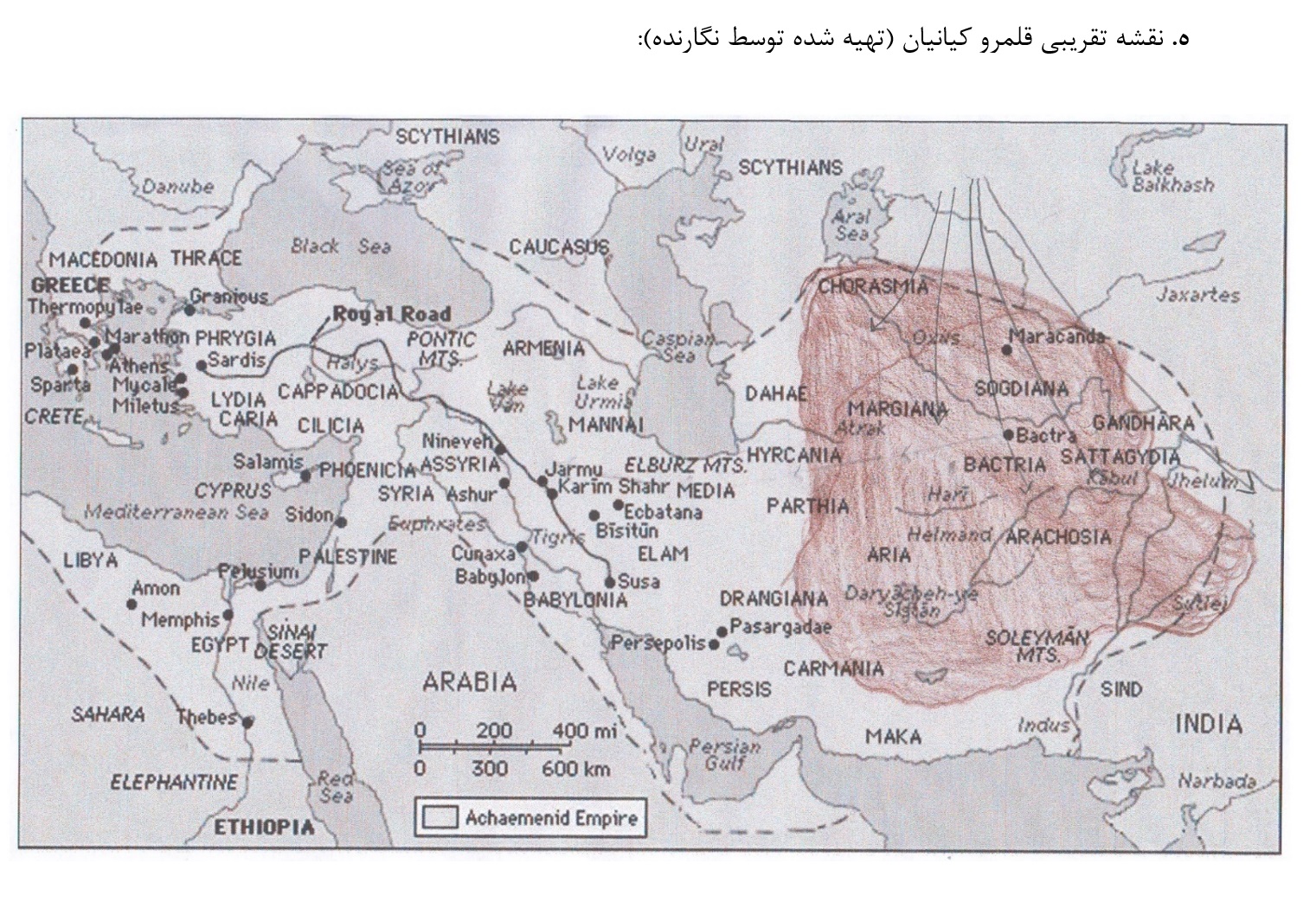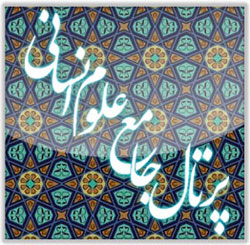The Kayanians: From Myth to Reality
Keywords:
Pishdadian, Kianian, ZoroastrianismAbstract
The aim of this study was to analyze the historical status of the Kayanian dynasty through a descriptive-analytical method, using primary sources and research references. In general, the past of great and ancient nations can be divided into three stages: 1) the mythical stage, 2) the epic stage, and 3) the historical stage. Accordingly, Iranian historians have also classified the pre-Islamic history of Iran into four periods: 1) the Pishdadian dynasty, 2) the Kayanian dynasty, 3) the Parthian dynasty, and 4) the Sassanian dynasty. Another classification, which has been commonly used for about two hundred years, divides the history of Iran into four periods: 1) the Median period, 2) the Achaemenid period, 3) the Seleucid and Parthian period, and 4) the Sassanian period. There is no doubt regarding the mythical nature of the Pishdadian dynasty, but the status of the Kayanian dynasty is different, leading to disagreements among scholars. Some foreign and domestic researchers consider the Kayanians entirely mythical. Others divide the Kayanian rule into two parts, considering the period from Kai Kobad to the end of Kai Khosrow's reign as the epic stage and the period from Vishtasp to Dara as the historical period of the Kayanians. However, some researchers equate Vishtasp of the Kayanian dynasty with Hystaspes of the Achaemenid dynasty and consider the last Kayanian kings as contemporaneous with the early Achaemenid kings. In contrast, others view the Kayanian dynasty as an independent ruling entity that governed eastern Iran before the Medes and Achaemenids. Therefore, whether the Kayanian dynasty is mythical or historical is the main question of this research.
Downloads








